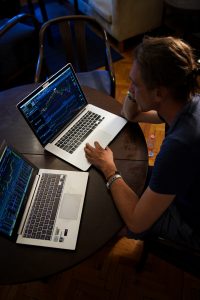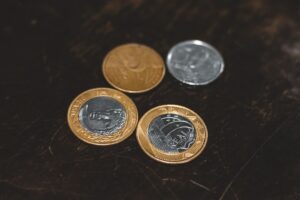When Does Forex Open: Understanding the Global Trading Hours
Forex, also known as foreign exchange, is a decentralized global market where all the world’s currencies are traded. With a daily trading volume exceeding $6 trillion, it is the largest and most liquid financial market in the world. Unlike traditional stock markets, forex operates 24 hours a day from Monday to Friday, allowing traders to participate at any time. However, it is crucial to understand the different forex trading sessions to optimize trading strategies and take advantage of market opportunities.
Forex trading hours are divided into four main sessions: the Tokyo session, the London session, the New York session, and the Sydney session. Each of these sessions has its own unique characteristics and market participants, which significantly impact currency price movements.
The Tokyo session, also known as the Asian session, is the first session to open. It begins at 12:00 AM GMT and closes at 9:00 AM GMT. This session is dominated by market participants from Japan, Australia, New Zealand, and other Asian countries. Due to its relatively low trading volume compared to the other sessions, the Tokyo session is known for its lower volatility. However, currency pairs involving the Japanese yen, such as USD/JPY and EUR/JPY, tend to experience higher volatility during this session due to the active participation of Japanese traders.
Next, the London session opens at 8:00 AM GMT and closes at 5:00 PM GMT. As the financial capital of Europe, London is considered the forex hub of the world. This session overlaps with the end of the Tokyo session, resulting in increased trading volume and liquidity. Major currency pairs, such as EUR/USD, GBP/USD, and USD/CHF, are highly active during this session. Traders should pay close attention to economic releases and news from the European Union, as they often lead to significant price movements.
Following the London session, the New York session opens at 1:00 PM GMT and closes at 10:00 PM GMT. This session is characterized by the active participation of market participants from the United States and Canada. The New York session is known for its high trading volume and volatility, making it an ideal time for day traders and scalpers. Currency pairs involving the US dollar, such as USD/CAD, USD/CHF, and USD/JPY, are particularly active during this session. Economic releases and news from the United States, such as non-farm payroll reports and Federal Reserve announcements, have a significant impact on market movements.
Lastly, the Sydney session opens at 10:00 PM GMT and closes at 7:00 AM GMT. This session overlaps with the end of the New York session and the beginning of the Tokyo session, resulting in a period of increased volatility. While the Sydney session is relatively quieter compared to the other sessions, it still offers trading opportunities, especially for currency pairs involving the Australian dollar, such as AUD/USD and AUD/JPY. Traders should monitor economic releases and news from Australia and New Zealand during this session.
It is important to note that forex trading hours may vary during daylight saving time shifts in different countries. Additionally, certain holidays and national events can impact trading hours, leading to reduced liquidity and increased spreads. Traders should always stay informed about these changes and adjust their trading strategies accordingly.
Understanding the global trading hours is crucial for forex traders as it allows them to identify the most active and volatile periods in the market. By aligning their trading activities with these sessions, traders can take advantage of increased liquidity and potentially profit from significant price movements. Additionally, being aware of economic releases and news events during specific sessions can help traders anticipate market reactions and adjust their positions accordingly.
In conclusion, forex trading operates 24 hours a day from Monday to Friday, with four main trading sessions: Tokyo, London, New York, and Sydney. Each session has its own unique characteristics and market participants, which significantly impact currency price movements. Traders should closely monitor these sessions, economic releases, and news events to optimize their trading strategies and capitalize on market opportunities.






